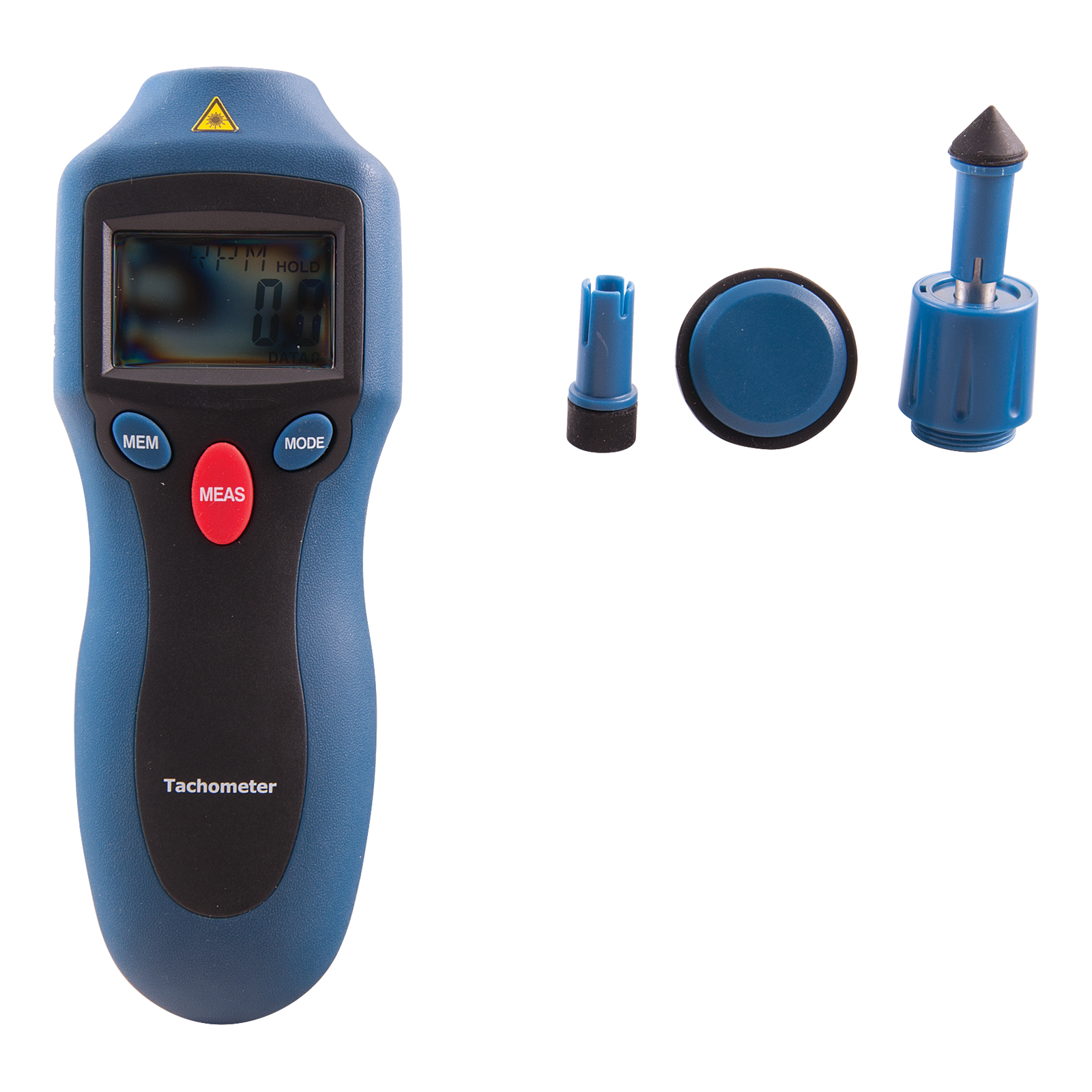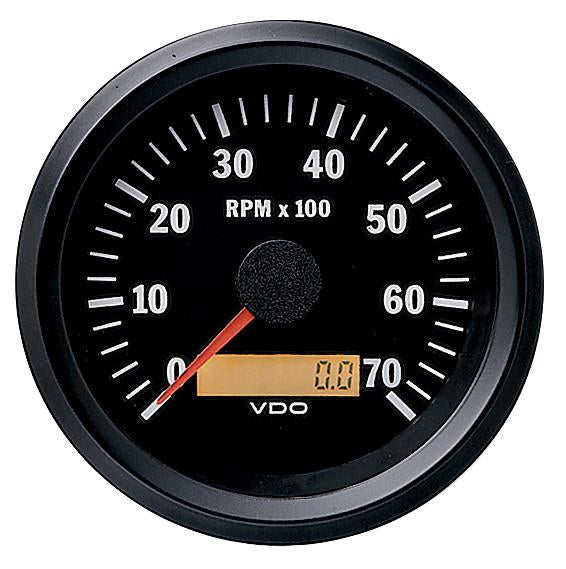The Value of a Tachometer in Keeping An Eye On Engine Speed and Performance in Automotive Applications
In the realm of auto engineering, the tachometer stands as an essential instrument in the driver's toolbox, offering a direct window right into the inner functions of an automobile's engine. Beyond its feature as a plain scale of revolutions per minute (RPM), the tachometer serves as a crucial tool for enthusiasts and specialists alike, supplying real-time insights right into engine performance and wellness.
Importance of Keeping Track Of Engine RPM
Keeping track of engine RPM, or changes per minute, is a critical element of auto maintenance and performance analysis. Engine RPM directly associates with the rate at which the engine's crankshaft turns, suggesting exactly how swiftly the engine is running - tachometer. By checking RPM, mechanics can assess the wellness of the engine, identify possible problems, and fine-tune efficiency. An abnormal RPM analysis may signal problems such as engine misfires, defective spark plugs, or issues with the gas delivery system. Consistently high RPM analyses might show aggressive driving routines or the requirement for a higher equipment change to boost fuel performance.
Additionally, keeping an eye on engine RPM is crucial for efficiency examination in auto racing and high-performance vehicles. In summary, keeping track of engine RPM is not just essential for finding concerns however also for optimizing engine efficiency in different automotive applications.

Benefits of Real-Time Information
In automobile applications, real-time information plays a critical duty in offering instant insights right into the performance and problem of the car. By continuously monitoring numerous criteria such as engine rate, temperature level, fuel usage, and a lot more, real-time data offers many benefits that contribute to boosted efficiency and safety and security when driving.
Furthermore, real-time data helps with performance optimization by supplying immediate comments on driving habits and engine effectiveness. Vehicle drivers can readjust their actions in real-time based on this info to attain much better gas economic situation and lengthen the life-span of their automobile.

Furthermore, real-time data plays a vital duty in modern automobile diagnostics, allowing technicians to quickly identify and resolve breakdowns. This results in lowered downtime, lower maintenance costs, and ultimately, improved general automobile reliability and durability (tachometer). By taking advantage of the power of real-time data, automobile stakeholders can make informed decisions that positively affect both the performance and durability of the vehicle
Impact on Equipment Shifts
The tachometer plays a critical function in optimizing equipment shifts by offering real-time engine speed information to the motorist. When coming close to the redline on the tachometer, it signifies the driver to upshift to protect against over-revving the engine and causing possible damages.
Furthermore, the tachometer aids in attaining smoother equipment changes, particularly in manual transmissions. By keeping track of engine speed, vehicle drivers can carry out gear changes at the ideal RPM array, minimizing snagging motions and reducing wear on the transmission elements. This accuracy in equipment adjustments not only enhances driving convenience yet also adds to sustain efficiency.
Enhancing Gas Efficiency
Offered the crucial duty the tachometer plays in optimizing equipment shifts for Go Here performance and engine health and wellness, it directly adds to making best use of gas performance in automobile applications. By providing real-time responses on engine speed, the tachometer assists vehicle drivers in preserving one of the most effective RPM array for gas economic climate. When motorists continually keep an eye on the tachometer and readjust their driving routines accordingly, they can stay clear of unnecessary fuel intake triggered by over-revving or lugging the engine.
Furthermore, the tachometer helps drivers determine the most fuel-efficient equipment to be in at any given moment, stopping the engine from working harder than essential. This is especially essential throughout acceleration and cruising, where being in the appropriate gear can considerably affect gas efficiency. In addition, the tachometer can notify motorists to potential mechanical concerns that can be adversely affecting gas economic situation, such as a slipping clutch or a stopped up air filter. To conclude, the tachometer works as an important tool in improving fuel efficiency by promoting optimum driving routines and determining areas for renovation in the automobile's efficiency.

Optimizing Engine Durability
The tachometer's role in keeping an eye on engine speed and performance contributes in making certain the longevity of automotive engines. By using the tachometer effectively, vehicle drivers can enhance engine long life via conscious RPM monitoring. Consistently revving an engine expensive can lead to excessive deterioration on important components, such as the pistons, shutoffs, and bearings. With time, this can result in decreased engine efficiency and possible malfunctions. Keeping track of the tachometer enables vehicle drivers to remain within the advised RPM variety for their vehicle, preventing unneeded strain on the engine and expanding its lifespan.

Verdict
In final thought, the tachometer plays a crucial duty in keeping track this page of engine rate and performance in automobile applications. By supplying real-time data on RPM, it permits efficient equipment shifts, improved gas effectiveness, and taken full advantage of engine long life. This tool is crucial for preserving optimum engine performance and making sure the overall performance of a lorry.
Comments on “Discover Just How a Tachometer Can Enhance Your Automobile's Efficiency”